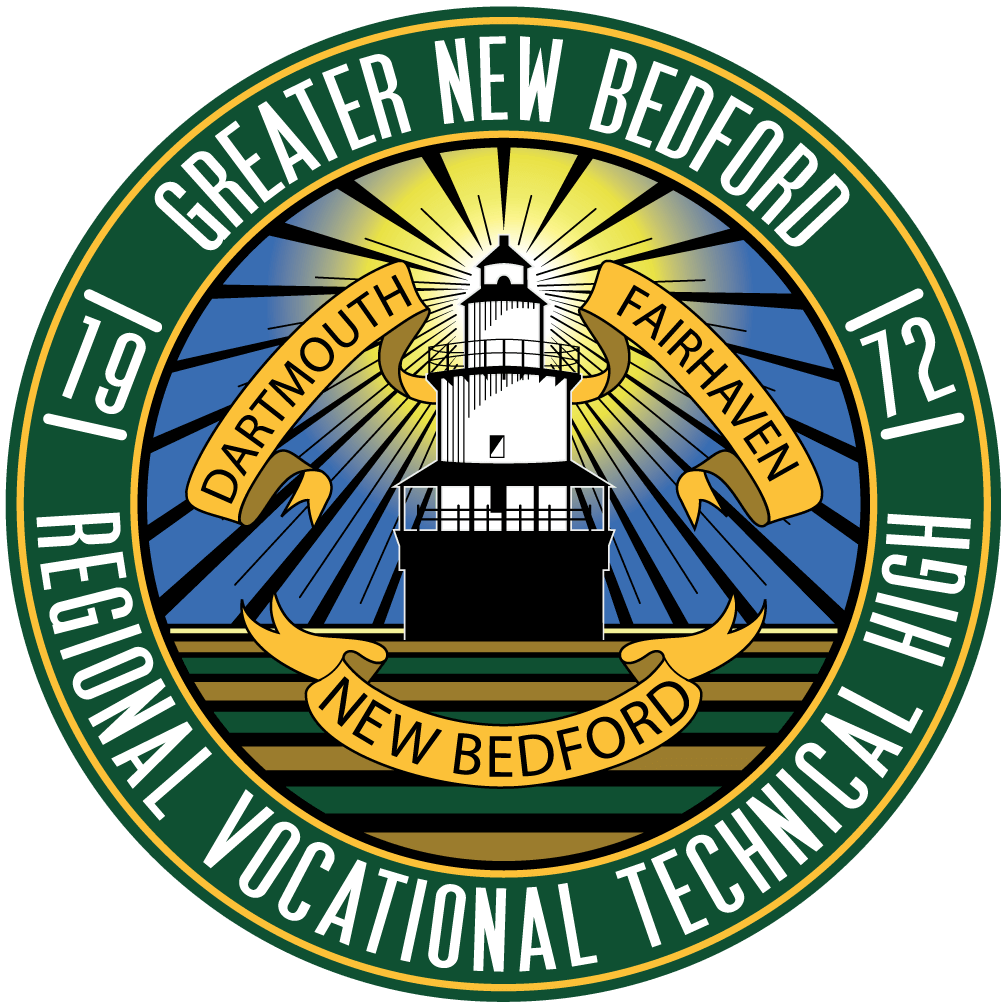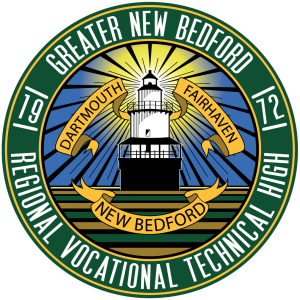Mrs. McLean’s and Richard Porteus WW2 Field Trip
“The world is the true classroom. The most rewarding and important type of learning is through experience, seeing something with our own eyes.”–Jack Hanna

Often the best complement to classroom learning lies beyond the classroom. Sophomores in Mrs. McLean’s and Richard Porteus’ English Literature class recently visited the International Museum of World War II to enhance their understanding of the war that stands out as the most pervasive and deadliest of all wars.

It was a perfect fit to the novel they are reading in class: All the Light We Cannot See. Anthony Doerr’s Winner of the Pulitzer Prize for Literature. The novel, admired for its descriptive detail, spent 200 weeks on the New York Times best-seller list, eventually selling over 15 million copies. In addition to exploring freedom as one of its themes, this novel demonstrates how effective story-telling can illuminate an era.
This outstanding small museum depicts World War II on the scale of the individual humans caught up in the conflict, with over 100,000 personal artifacts on display. An offhand suggestion made by a student during class prompted the field trip. For three hours they were transported back to the war years of 1939-45 on various continents viewing combat gear worn by Allied forces, Germans, Russian and Japanese, not to mention a multitude of propaganda posters, weaponry, radios and all sorts of memorabilia including a piece of the U.S.S. Arizona, a battleship bombed at Pearl Harbor.

Museum founder Tim Gray was on hand to talk to students about some of the exhibits while they viewed the collections. A documentary film maker, Gray wants people to see, feel and hear the experiences of those who served, supported and suffered through the war. Students expanded their knowledge through virtual reality presentations that allow viewers to stand on the shores of Normandy during the D-Day invasion or experience the Battle of the Bulge or see and feel the action at Pearl Harbor. Footage of veterans recounting their experiences was incorporated within the exhibit halls and many of his more than 30 films made on locations around the world were generously bestowed to inquisitive students.
The field trip made an impact as students reflected on their experiences, many clearly awe-struck by their discoveries. “Going to the museum was a very interesting experience for the massive amount of artifacts from WWII. Seeing all the items gives you a good sense of how they were used and how life was back then,” stated Hayden Robinson, a student in the automotives shop.

“It made history come to life,” said Johan Serpa, automotives student. “Something that intrigued me was seeing the suits of the prisoners from concentration camps. It’s awful to know someone went through hell in those suits. And how real these things are. It gave me a reality check on how good I have it…these people went through something no one should ever go through and seeing this right in front of your eyes is a humbling experience.”

Plumbing student Darrius Hansen-Souza said he was amazed that “everything was once used or worn or touched by someone who fought or suffered in the war.”
Garcelle Paul, a culinary student, shared these thoughts: “ It helped me realize how scary it must be for the characters in our book to live during a war. It’s made me more aware of war in general and how much it affects everyone and how hard we should work to avoid it.”

Media student Theresa Coury concurred: “These uniforms weren’t just pieces of fabric, they were pieces of history that were able to live on in the museum, for people and students like us to see, touch and learn from.”


